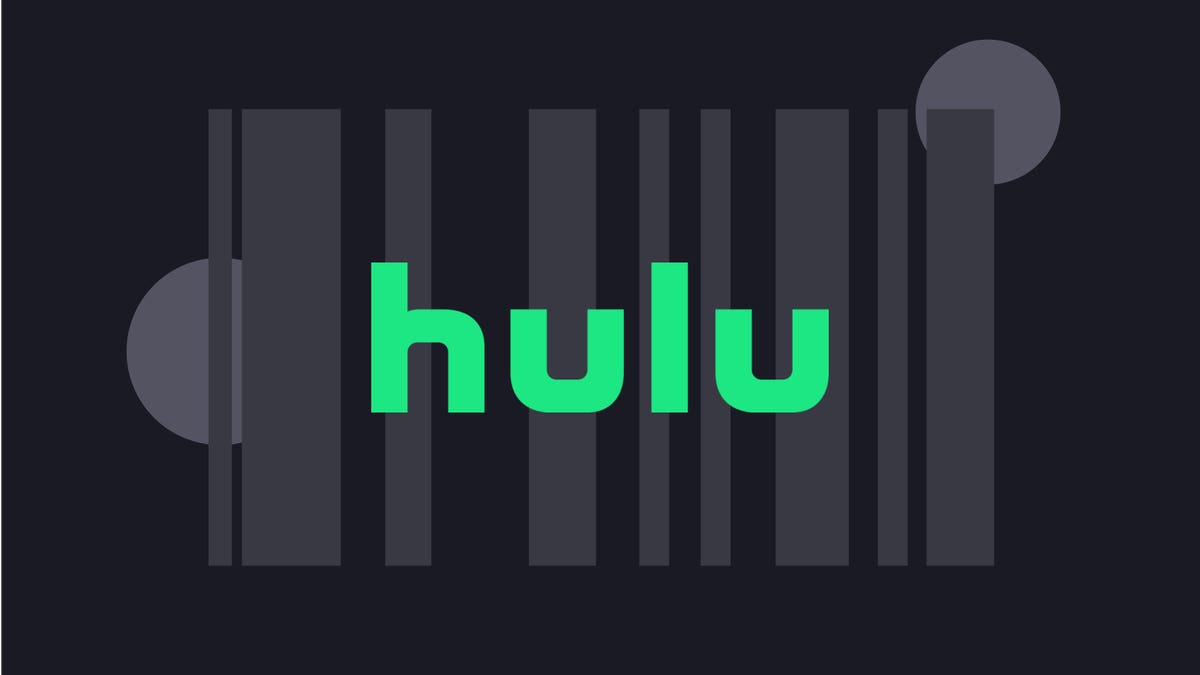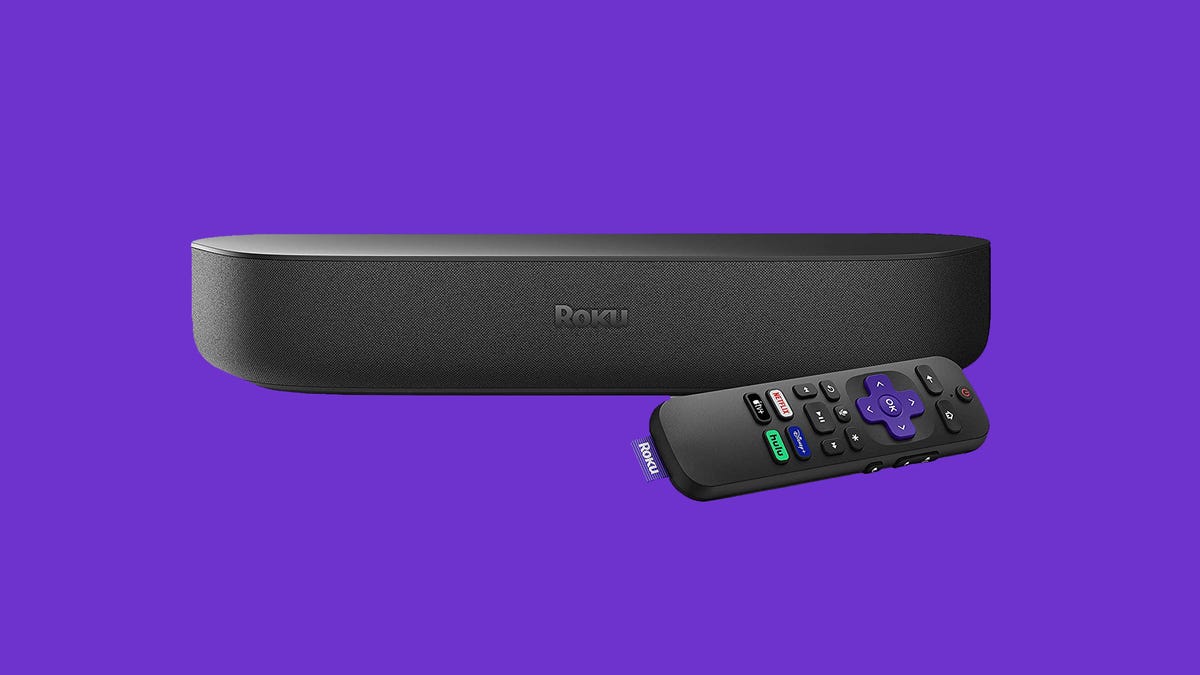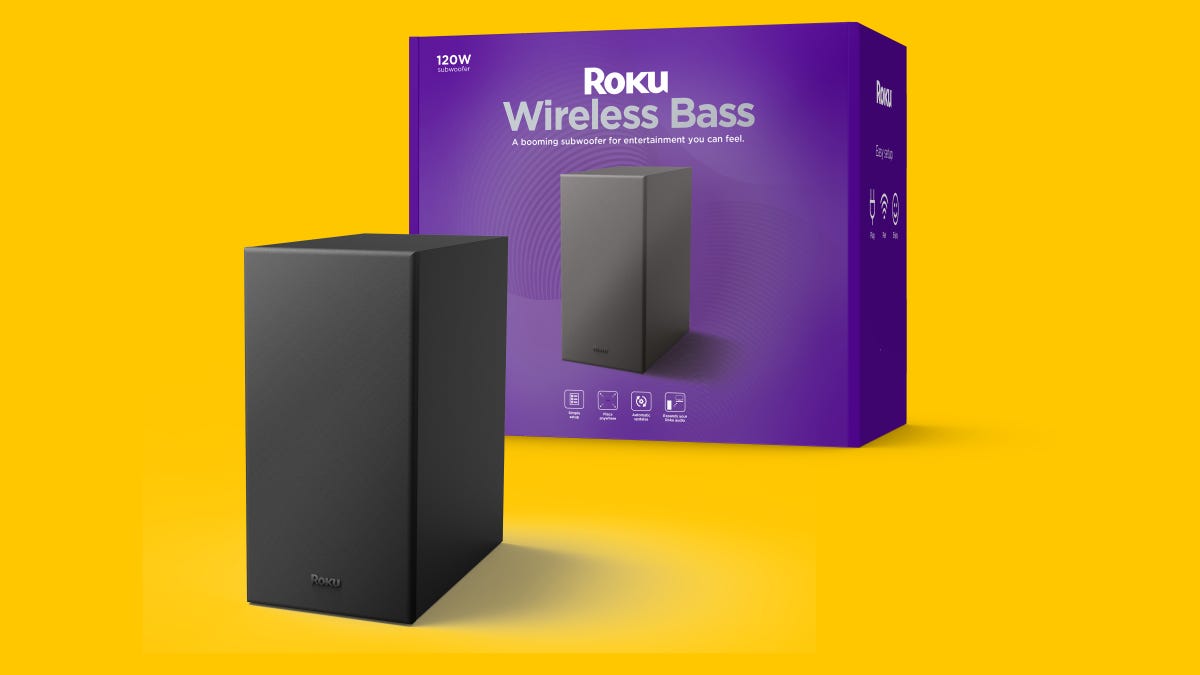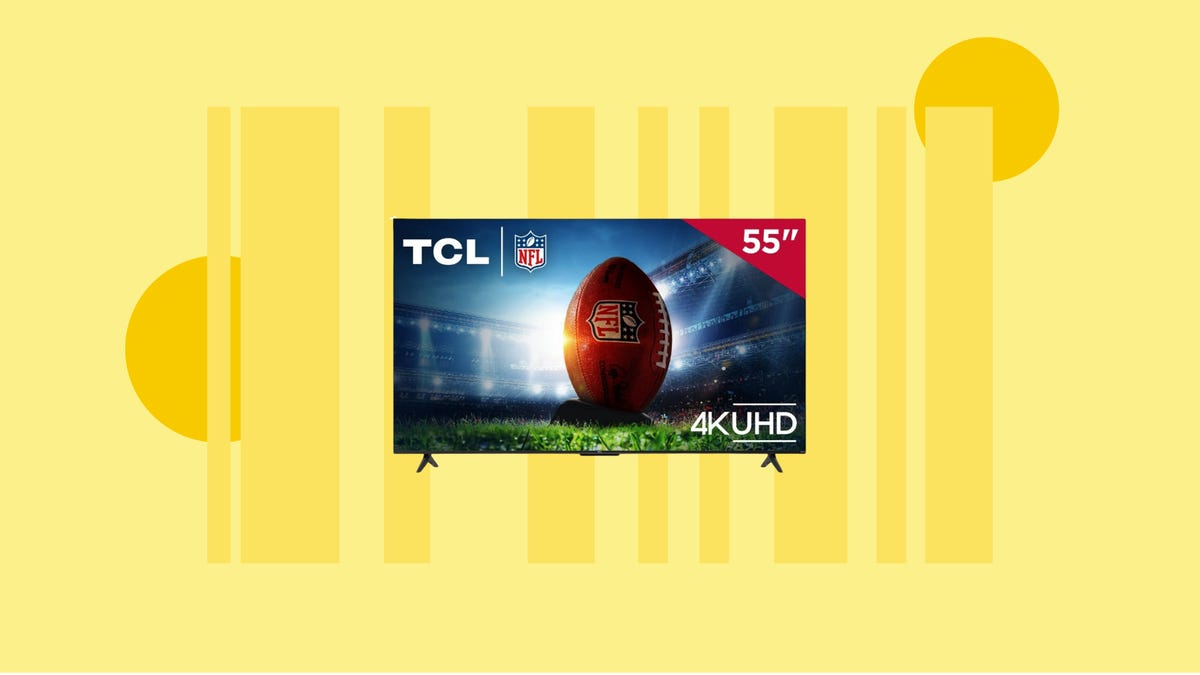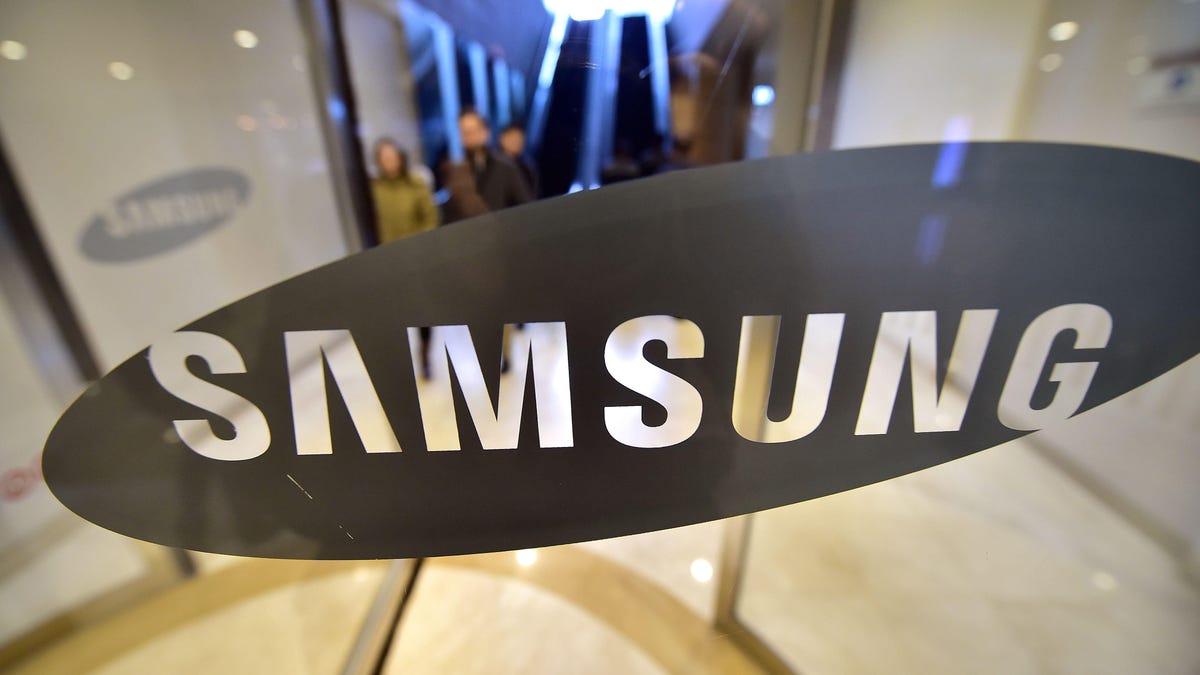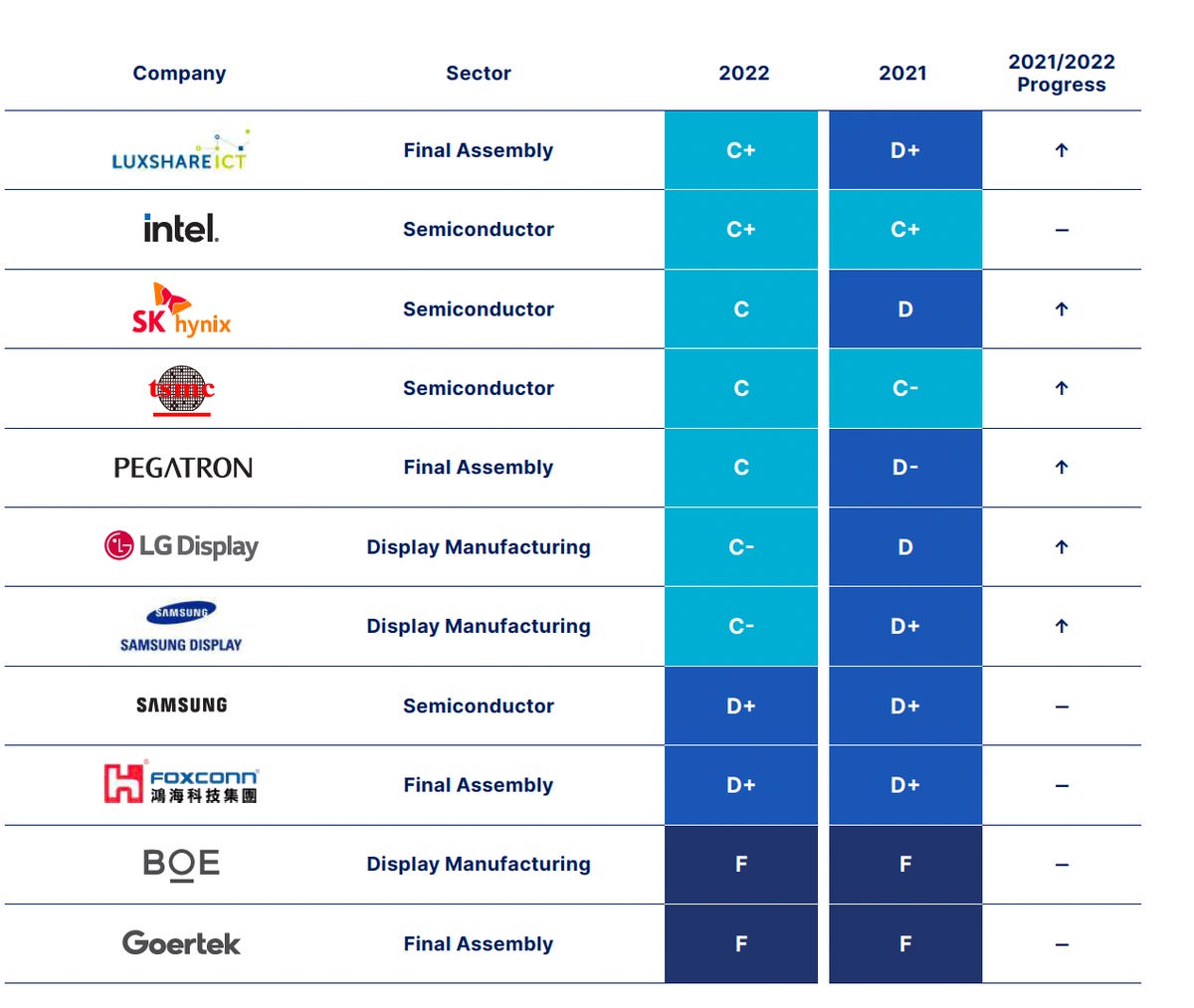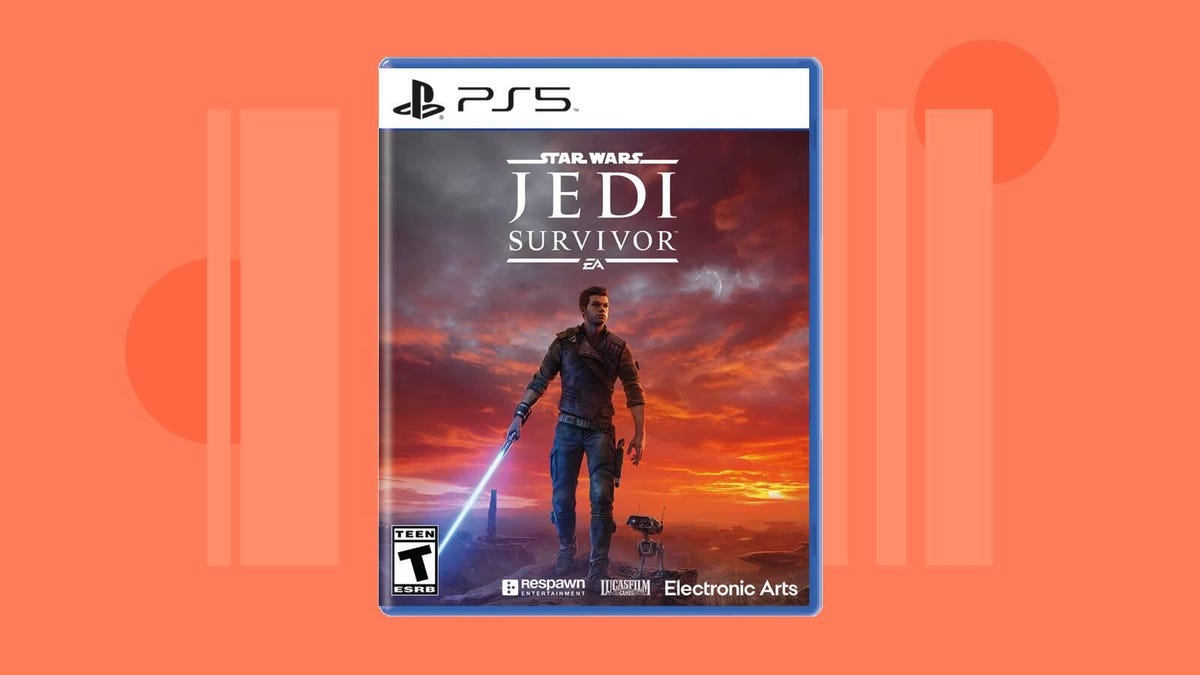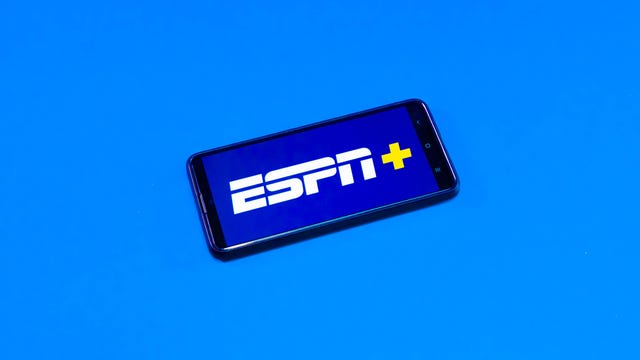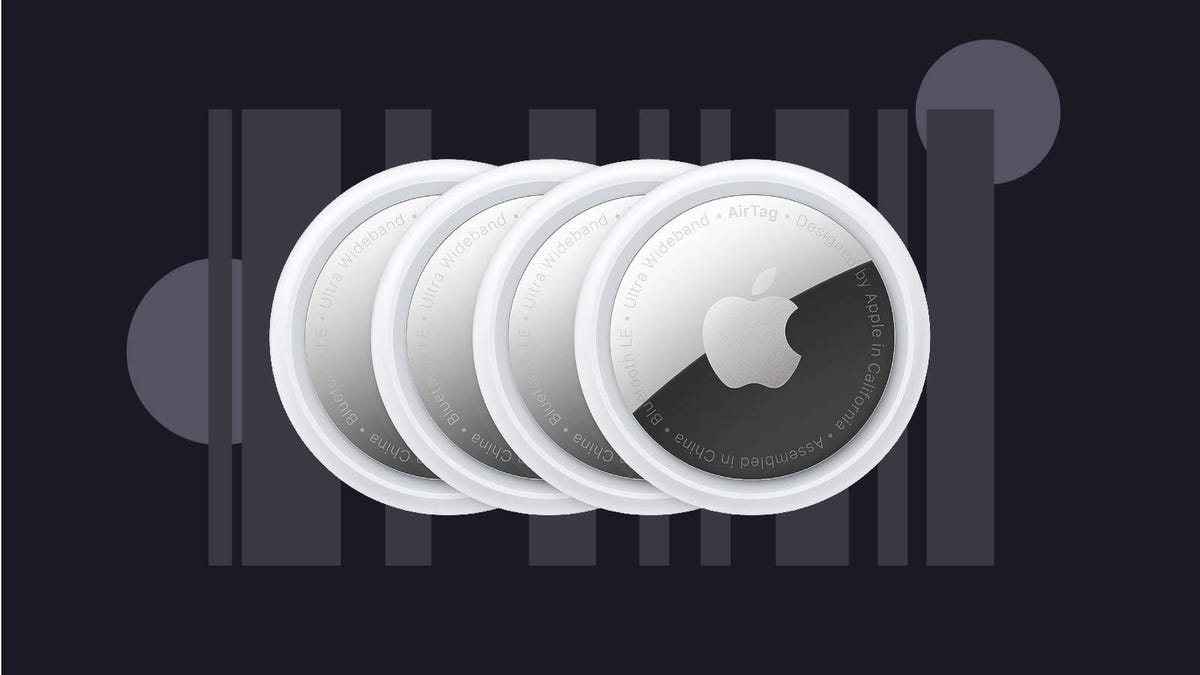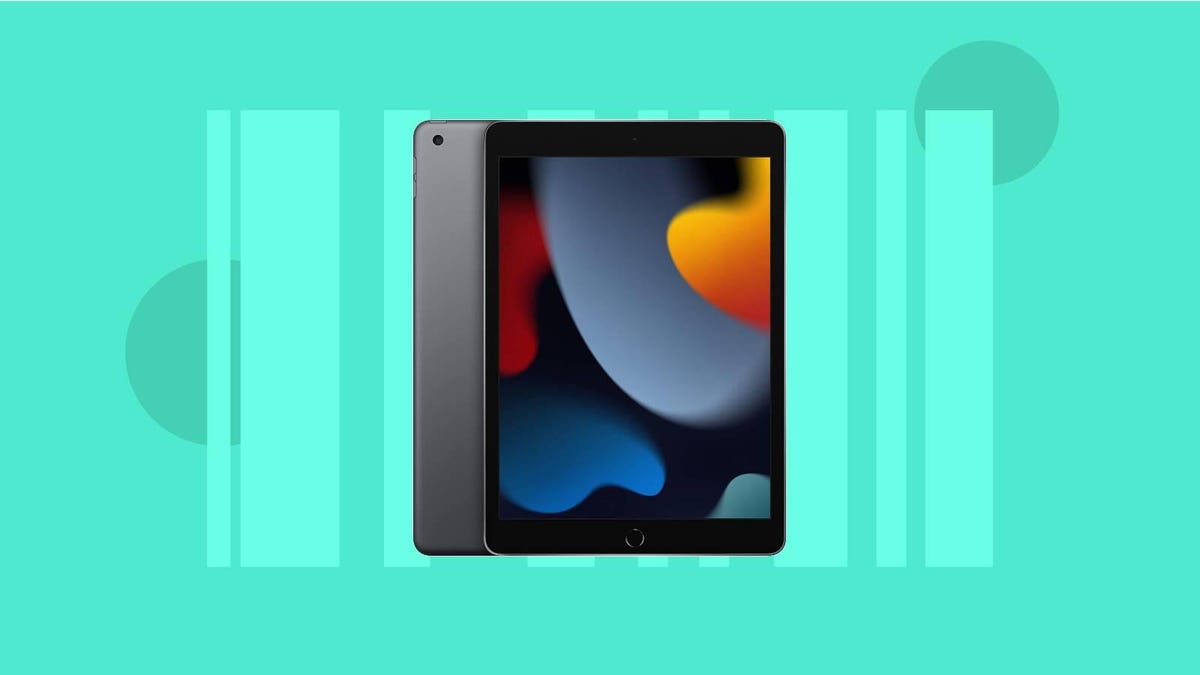Samsung Electronics has received a D-plus grade for its decarbonization efforts in 2022, the lowest rating of all ranked chipmakers, according to a Greenpeace report published Tuesday.
The South Korean chipmaker ranked behind Intel, which received the highest grade among chipmakers with a C-plus. It also lagged behind fellow South Korean chipmaker, SK Hynix and Taiwan’s TSMC.
The report assessed decarbonization efforts by the top 11 suppliers to the world’s biggest consumer brands, ranging from chipmakers to display manufacturers to final assembly contractors. These companies supply to the major tech firms namely Apple and Samsung, among others. While Samsung is a major player in the smartphone category, the South Korean electronics giant is also one of the world’s largest producers of semiconductor chips that power devices spanning mobile phones, laptops, cameras, cars and much more.
Greenpeace’s report comes days ahead of the upcoming COP28 summit, of which COP28 President Ahmed Al Jaber has urged governments to triple renewable energy capacity by 2030 as part of efforts to stop global warming exceeding 1.5 degrees Celsius. 2030 is seen as a crucial timeline that companies need to follow to keep the 1.5 degrees Celsius goal within reach.
In recent years, carbon emissions from the consumer technology supply chain have ballooned, alongside the rapid growth of the consumer electronics market. The semiconductor industry alone is estimated to emit 86 million tons of carbon dioxide equivalents in 2030, according to Greenpeace, which is more than double Portugal’s annual carbon emissions.
Greenpeace says a majority of carbon emissions in the electronics industry originate from the electronics supply chain — particularly electricity sourcing for manufacturing of components and devices. To achieve carbon neutrality, it’s crucial for suppliers in big tech’s extensive supply chain to adopt clean energy practices while creating and shipping parts, according to the nonprofit.
“It’s encouraging to see that electronics manufacturers are finally recognizing the need for climate action, but progress has been uneven and too slow.” Greenpeace said in a statement on Tuesday. “The ambition level of electronics manufacturers is still far from sufficient to ensure the global average temperature rise remains within 1.5 degrees Celsius.”
Samsung received a low grade for a variety of reasons, namely what Greenpeace says is a lack of a 2030 emissions reduction target, a slow timeline to transition to 100% renewable energy and heavy reliance on low-impact renewable electricity sourcing methods.
Although Samsung announced its goal of achieving carbon neutrality and 100% renewable energy use by 2050, it has stopped short of extending that commitment to its supply chain, which is part of Scope 3 emissions as defined by the GHG Protocol. However, Samsung’s renewable energy ratio, or its percentage of renewable energy, increased by more than 10% in 2022 compared to 2021.
But it’s not just Samsung. Greenpeace’s report found emissions from five of the biggest electronics manufacturers, including Samsung Electronics, Foxconn and Intel, increased in 2022.
On the final assembly side of the supply chain, the worst offender was Foxconn, Apple’s biggest contract manufacturer, which also received a D-plus grade. Foxconn reported the highest emissions of all final assembly companies in the ranking. In 2022, Foxconn’s emissions exceeded the annual emissions of Iceland, the report says.
Apple has long been keen to promote itself as an environmentally conscious company, but not a single one of Apple’s suppliers has achieved 100% renewable energy across its own operations, Greenpeace told CNET in September. For its part, the iPhone maker has made a commitment to decarbonize its supply chain by 2030. Earlier this year, the company reported that 300 suppliers have already pledged to use clean energy, and this number has steadily increased over the years. Apple is also actively encouraging other companies to participate in its Supplier Clean Energy Program, which aims to power all suppliers with 100% renewable electricity.
Another Apple supplier, Luxshare Precision, received the highest grade in the ranking for final assembly companies with a C-plus. Greenpeace says that’s thanks to a pledge to achieve 50% renewable energy by 2025. In 2022, it also sourced more than 70% of its renewable electricity from high-impact methods. However, Luxshare Precision still lacks a target for 100% renewable energy use by 2030, Greenpeace says.
“It’s time for tech suppliers to take initiative and transition to 100% renewable energy by 2030. It is absolutely feasible for every supplier in this ranking to achieve 100% renewable energy within the decade, but the first step is setting ambitious targets,” said Greenpeace climate and energy campaigner Xueying Wu.
